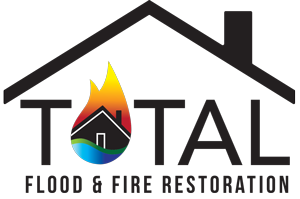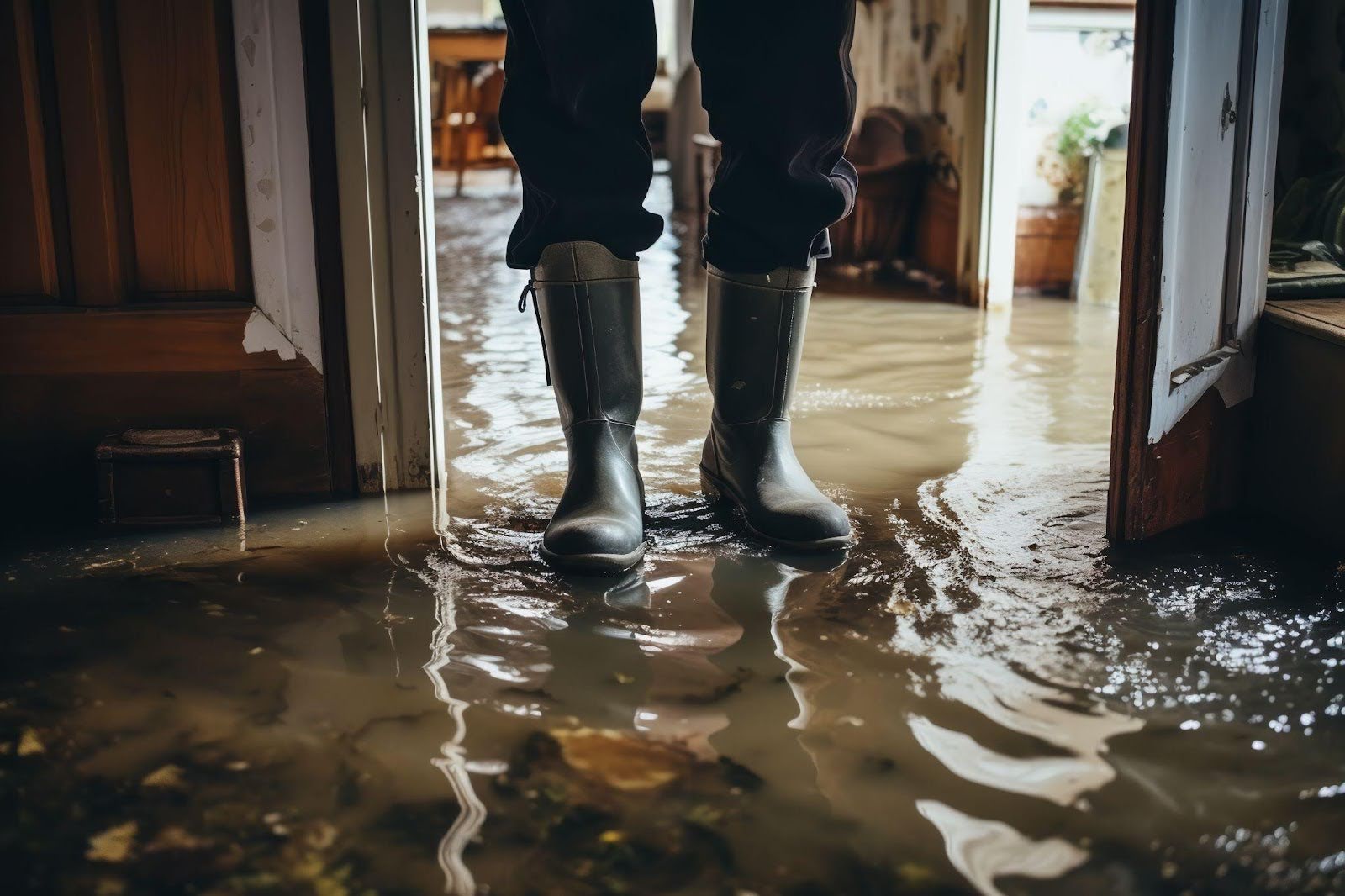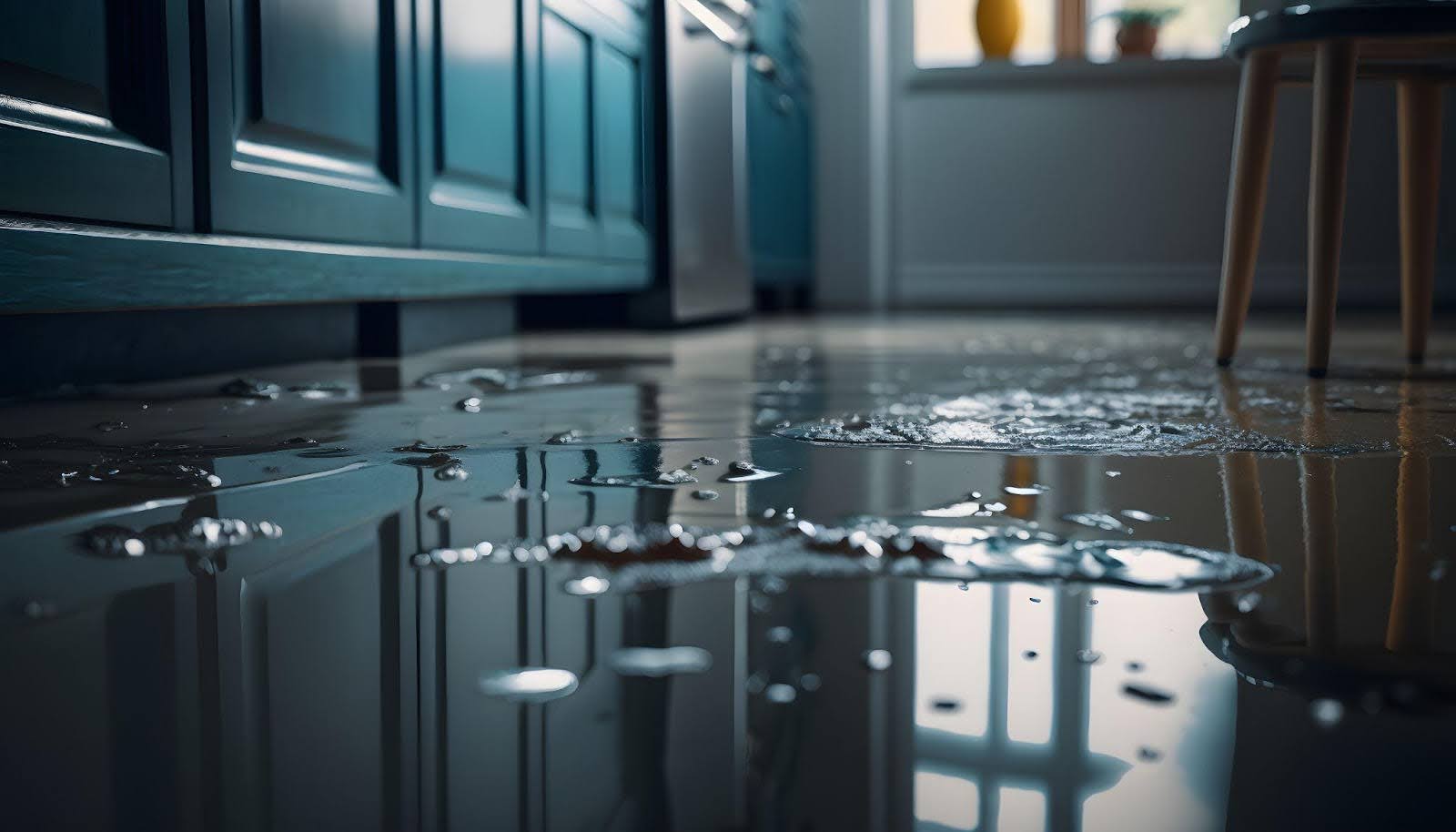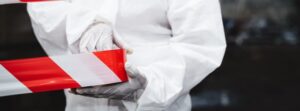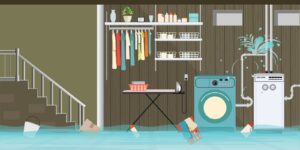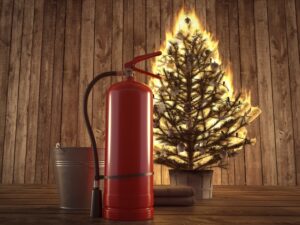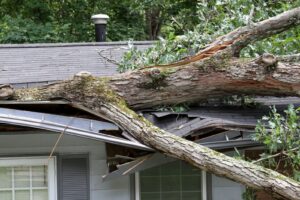Flood damage disrupts everything. It soaks drywall, warps floors, ruins belongings, and invites mold into hidden corners. The aftermath brings a wave of stress and overwhelming decisions.
What you do in the first few hours matters. Quick, informed action limits the damage, speeds up restoration, and prevents mistakes that delay insurance or risk your health.
Whether you’re facing a flooded basement or a soaked living room, this guide will help you take control and start restoring your home with clarity and confidence.
Do prioritize safety before cleanup
Turn off the main power and gas supply before entering any flooded area. Water and electricity create a dangerous mix, and gas leaks may not be immediately visible but can lead to fires or explosions.
Gear up properly
Wear heavy-duty gloves, waterproof boots, and a protective mask. Floodwaters often carry bacteria, sharp objects, and hazardous chemicals. Proper gear reduces your exposure and helps prevent illness or injury.
Inspect for structural damage
Check for visible signs of flood damage, such as sagging ceilings, cracked foundations, or buckling floors. Avoid walking on compromised areas until a professional confirms the structure is stable.
Wait for official clearance if evacuated
If authorities issue an evacuation, wait for their approval before returning home. Emergency crews assess hazards you might not see, including gas leaks, electrical dangers, and contaminated water sources.
Don’t delay water removal
Begin removing water as soon as it’s safe to enter the property. Use wet vacuums for small areas and pumps or professional-grade extraction equipment for larger volumes. Focus first on high-risk areas like basements, flooring, and walls that absorb moisture quickly.
Prevent mold growth and decay
Mold begins growing within 24 to 48 hours. The faster you remove standing water, the lower your risk of spreading harmful spores. Damp drywall, carpeting, and insulation become breeding grounds for bacteria and mold if left untreated.
Don’t wait for insurance approval
Many homeowners pause restoration while waiting for claim confirmation, but that delay often leads to bigger problems and higher repair costs. Take photos, document the damage, and begin mitigation efforts right away. Most insurance policies encourage immediate action to prevent further loss.
Do document the damage thoroughly
Start by photographing every affected room from multiple angles. Zoom in on damage to walls, ceilings, floors, and personal belongings. Take a video to show the extent of flooding, standing water, or collapsed materials. Time-stamp your footage to provide a reliable record of when the flood damage occurred.
Inventory every damaged item
List all items affected by the flood, including furniture, appliances, electronics, clothing, and personal valuables. Include brand names, model numbers, estimated values, and any proof of purchase you can find. This information strengthens your insurance claim and helps determine accurate compensation.
Save receipts for all storm-related expenses
Keep every receipt for temporary repairs, hotel stays, meals, and emergency services. Your insurance policy may cover these costs under “loss of use” or additional living expenses. Having proper documentation speeds up reimbursement and proves you took reasonable steps to prevent further damage.
Don’t throw away evidence of loss
Save any water-damaged items, including furniture, appliances, and personal belongings, even if they appear beyond repair. Place them in a secure area, such as a garage or covered porch, where they remain accessible but no longer pose a safety risk. The insurance adjuster must verify each loss before approving reimbursement.
Wait before demolishing or discarding
Avoid removing drywall, flooring, cabinetry, or other structural materials until you have clear photo and video documentation. If possible, delay disposal until after your adjuster completes a full inspection. Even minor materials like soaked insulation or carpet padding may impact the outcome of your claim.
Avoid over-cleaning
While it’s important to stop mold growth and reduce hazards, don’t scrub away all visible signs of flood damage before you’ve filed your claim. Excessive cleaning may remove indicators your adjuster needs to document, making it harder to prove the severity of the loss.
Do hire certified restoration professionals
Look for restoration teams certified by the Institute of Inspection, Cleaning, and Restoration Certification (IICRC). This designation ensures the team has received specialized training in water damage restoration, structural drying, and microbial remediation. It also means they follow established industry standards to restore your property safely and efficiently.
Let professionals manage restoration and insurance
Certified restoration teams handle every stage of recovery, from water extraction and drying to sanitation and mold prevention. They use specialized tools like air movers, dehumidifiers, and moisture meters to catch hidden damage and speed up the process.
They also assist with insurance claims by providing detailed estimates, photos, and documentation. Their expertise ensures your repairs meet safety codes and your claim stays on track for full coverage.
Don’t assume it’s dry simply because it looks clean
Use moisture meters and thermal imaging cameras to check beneath surfaces. These tools reveal saturated materials and damp spots behind drywall, under flooring, and inside ceilings. Identifying trapped water early helps prevent rot, swelling, and mold.
Track humidity and drying progress
Monitor indoor humidity levels throughout the drying process. Keep the relative humidity between 30 and 50 percent to discourage microbial growth. Use hygrometers and dehumidifiers to manage the environment until readings stabilize and materials test dry.
Incomplete drying leads to future problems
If moisture remains, mold and mildew will eventually grow. Warped wood, peeling paint, and musty odors often appear weeks after a flood when water damage goes unchecked. Finish the drying process completely to avoid expensive repairs and repeated remediation.
Do check for mold and contamination risks
Mold thrives in wet conditions and often begins forming within 24 to 48 hours of water exposure. Even if the water has receded, moisture trapped in walls, insulation, or flooring gives mold the fuel it needs to spread.
Look for early warning signs
Pay attention to musty odors, especially in basements, crawl spaces, or behind walls. Discoloration, peeling paint, or fuzzy patches on walls and ceilings often indicate mold growth. Stains or moisture that reappear after a flood and the drying process could point to hidden contamination.
Know when to bring in experts
If your home remains wet for several days or longer, consider scheduling a professional mold inspection. Certified mold remediation specialists test for spores, identify contamination sources, and safely remove mold colonies without spreading them through the air.
Don’t navigate restoration alone
Communicate early and often with your insurer. Report the damage as soon as possible and keep them updated with photos, videos, receipts, and written records. Ask specific questions about your policy coverage, deadlines, and claim procedures so nothing falls through the cracks.
Consult restoration professionals
You don’t need to figure everything out on your own. Certified restoration teams understand how to identify hidden moisture, prevent mold, and restore your home safely. They bring the tools, training, and industry knowledge to avoid costly mistakes and speed up recovery.
Partner with Total Flood and Fire Restoration
With 24/7 emergency response and extensive experience navigating insurance claims, Total Flood and Fire Restoration takes the stress out of every step.
When water threatens your home, don’t go it alone. Contact Total Flood and Fire Restoration and get the expert help you need to restore your space and peace of mind.
